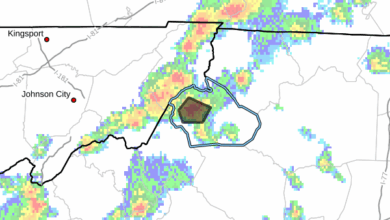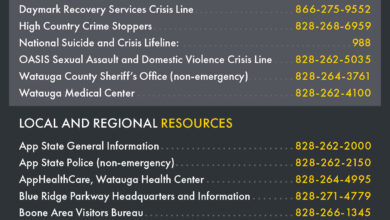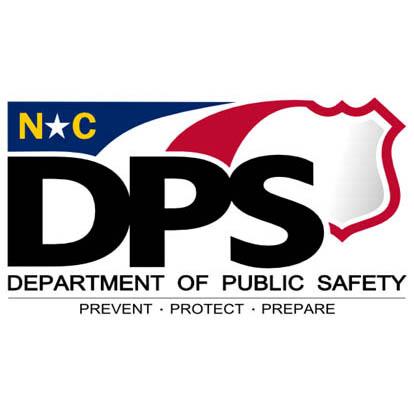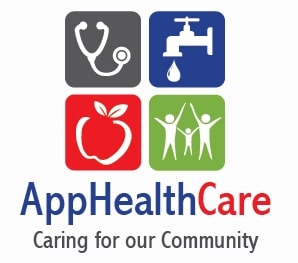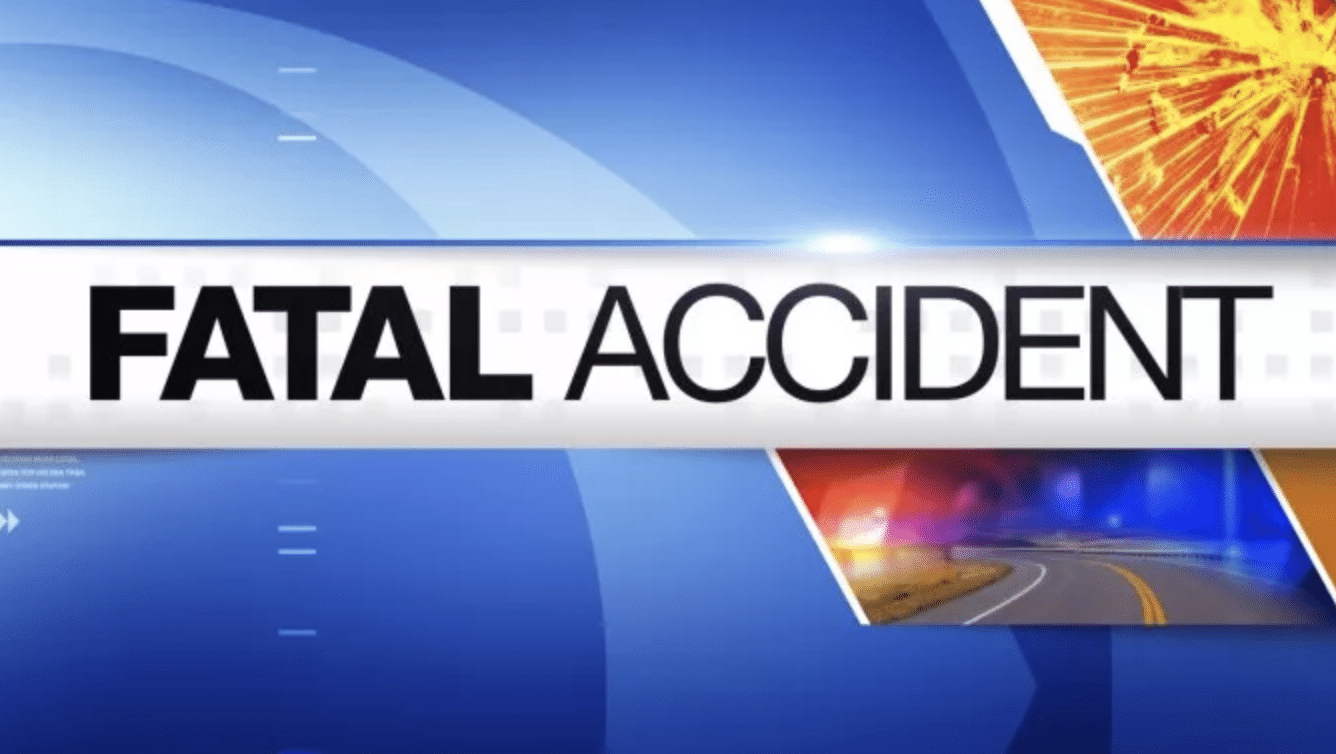Last Updated on October 17, 2017 4:21 pm
CHARLOTTE, N.C. – This week (October 15-21) is National Teen Driver Safety Week. Motor vehicle crashes remain the leading cause of death for teens in the U.S.
In 2016, more than 3,500 teens lost their lives and 359,000 were injured in car crashes nationwide. North Carolina saw 67 fatalities as a result of teen driving crashes while South Carolina saw 35.
Teenage drivers (15-19) have higher rates of crashes per licensed driver and per mile driven than any other age group.
“AAA Carolinas proudly supports National Teen Driver Safety Week,” said AAA Carolinas Foundation for Traffic Safety President Tiffany Wright. “Too many of our teens fall victim to crashes while behind the wheel. It is important that this week and every week we continue to draw attention to this horrible epidemic.”
The greatest threats behind the wheel for teens are alcohol, not wearing a seat belt, speeding, distraction and drowsy driving.
Nationwide, approximately 58.5 percent of teen crashes are the direct result of some form of distracted behavior such as attending to passengers or cell phone use.
In a 2015 survey of drivers sponsored by the AAA Foundation for Traffic Safety, nearly 70 percent of drivers ages 16-18 reported they had talked on a cell phone, 42 percent had read a text or e-mail and 32 percent had typed/texted while driving in the past 30 days.
Even with new car technology designed to curb handheld device use, a recent AAA Foundation study found these systems to be equally distracting. Voice-based and touch screen features require high levels of visual and mental demand for usually more than 40 seconds to complete a task such as navigation or sending a text. However, removing eyes from the road for just two seconds doubles the risk for a crash. Responding to a text takes a driver's attention off the road for an average of five seconds. Traveling at 55 mph, motorists drive the length of a football field while responding to a text – while essentially blindfolded.
This campaign aims to remind teens of the importance of taking precaution to and from school, as the majority of teen crashes (44.8 percent) occur between the hours of 6am to 9am and 3pm to 6pm during the week. It is during this time that traffic is usually the heaviest and many teen drivers may not have their full attention on the road.
“We have seen distracted driving climb to the leading cause of crashes among motorists as technology becomes a more integral part of our lives,” Wright said. “A second major contributor is alcohol-related crashes.”
Close to 25 percent of fatal teen crashes nationwide were due to alcohol in 2016. Twenty percent of traffic fatalities for 18 and 19 year-olds were due to driving with a BAC over .01 – despite being underage.
Ironically, 88 percent of teens support a law requiring all drivers convicted of a DWI use a device that won't let their car start if they have been drinking, as opposed to 81 percent of drivers aged 33-55. Additionally, 75 percent of teens support in-car technology that won't allow the car to start if the driver's blood alcohol level is over the legal limit, compared to 69 percent of drivers aged 35-55.
Parents and guardians are the first line of defense to curb the number of teen crashes that involve alcohol. Nationally, more than 80 percent of teens say parents are the leading influence in their decision about underage drinking. AAA Carolinas urges parents to educate their teens about the dangers of drinking and driving by having conversations early on and teaching by example. AAA Carolinas urges parents to fill out a parent-teen agreement or make their own version of one before their teens hit the road.







